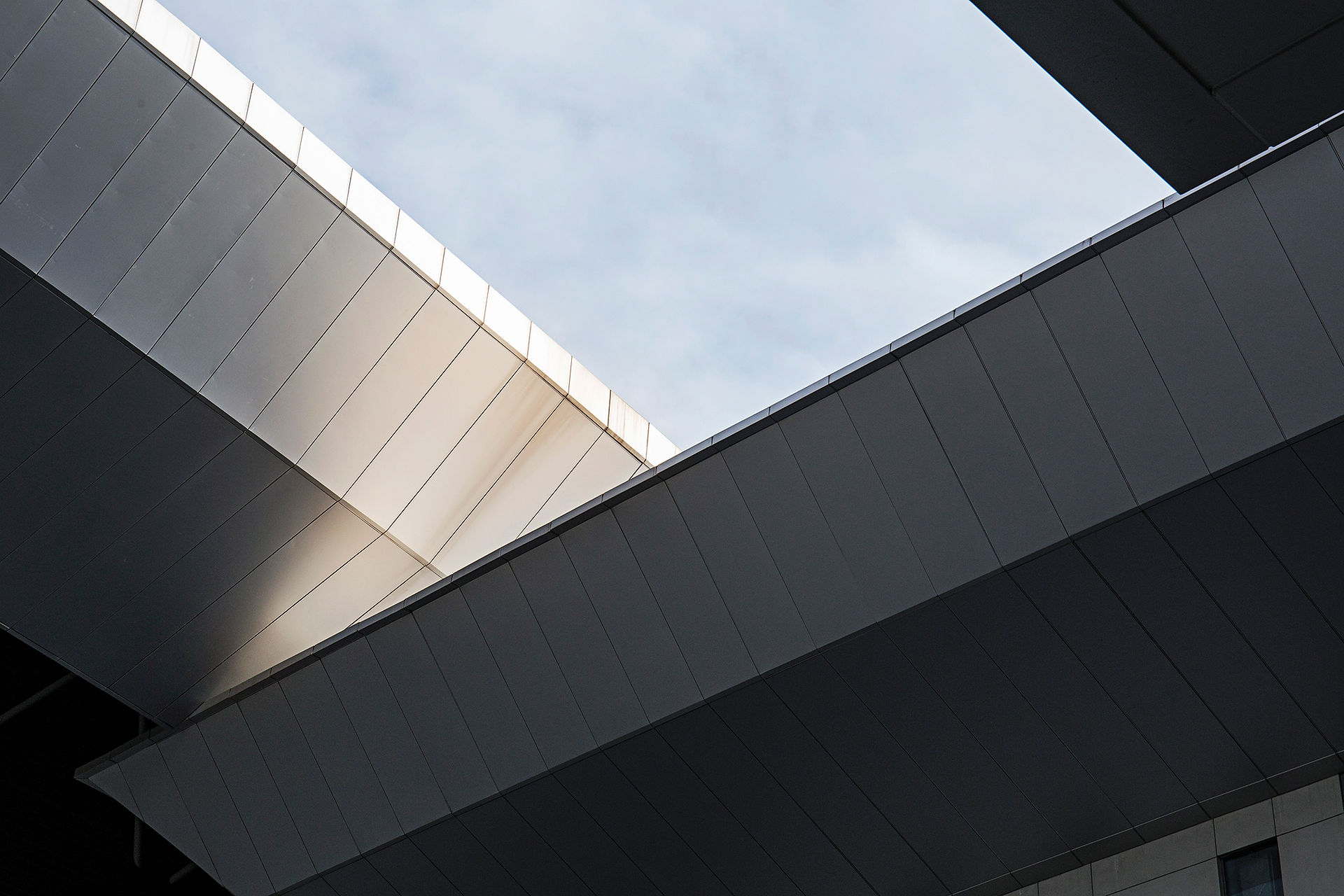
PROJECT 1
STARCHITECT
This assignment was assigned as a individual work where it would be us finding out the architects, doing research about the architects and compose all the information gathered into an A3 infographic that were given from the list provided by Dr. Filzani Illia (Ms Lia) in our assignment brief. Speaking overall, I had a great time throughout the whole process even though we were tired and frustrated due to the clashing time of us building our Bamboo Project but we still executed everything smoothly.
The aim for this project was to
-
Test our skills on employing appropriate visual and verbal terms when we introduce the types of building styles, architectural styles, elements composed and architects.
-
Test our abilities to show appropriate forms and elements used from the information gathered on the architect and how the buildings are represented architecturally.
-
Research and discover the different ways in which may be varied factors that contribute to the development of spaces.
PROJECT 2
SKETCHING ANALYSIS
This project dives into the fascinating history of modern architecture on the Farnsworth House. The approach involves carefully examining, analyzing, and interpreting documents to create a series of drawing interpretations and visual representation of this architectural building. The main focus is on the details on the building and composing of furnitures in the Farnsworth House.
The goal is to critically analyze how post-modern influences have impacted architectural design, construction methods, as well as advancements in building science and technology, and urban design from the reinterpret drawings of Farnsworth House The project aims to highlight the multifaceted factors that have contributed to the evolution.
PROJECT 3
INTERGRATION WITH ARCHITECTURAL DESIGN 1
Speaking overally, the use of architecture presentation boards and architectural models serves as a profound means to articulate and exhibit the intricacies of a design project. These tools transcend mere representation; they encapsulate the essence of the design process, offering a comprehensive snapshot of the journey from conceptualization to realization. In essence, architecture presentation boards are not just static displays of artistic prowess; they are dynamic conveyors of the designer's vision, drawing viewers into the creative process and methodological intricacies underlying each project.
The architectural model, a quintessential component of the designer's toolkit, is an eloquent manifestation of architectural ideas. Its application spans across all stages of the design process, providing a tangible expression of spatial concepts and building designs. The model, inherently a three-dimensional replica, holds the power to capture the scale and physical presence of the intended design, albeit in a reduced format. This reduction in scale, however, in no way diminishes its significance; rather, it enhances the model's ability to communicate the essence of the design efficiently.
The integration of 3D modeling into architectural design projects stands as a pivotal objective in contemporary design practices. The aim is not merely to introduce this tool, but to foster its development as an indispensable facet of the designer's skill set. Visualization and communication lie at the core of this paradigm shift, where 3D modeling becomes the conduit for expressing architectural ideas, spaces, and forms. It transcends the limitations of traditional two-dimensional representations, enabling designers to immerse their audience in a more immersive and intuitive understanding of the design concepts.
Within the realm of architectural education and practice, the imperative to illustrate architectural forms and spaces through visualization takes precedence. The visual expression of space through 3D modeling becomes a language unto itself, transcending the constraints of traditional mediums. This paradigm shift underscores the need to not only adapt to evolving technologies but to master them as tools for effective communication. A well-executed 3D model not only captures the aesthetic nuances of a design but also serves as a potent medium for conveying the spatial narrative that architects weave.
Furthermore, the directive to produce visual compositions and models for architectural design projects underscores the symbiotic relationship between creativity and technical proficiency. It's not just about creating aesthetically pleasing visuals; it's about constructing a visual language that articulates the design rationale, guiding the viewer through the nuances of spatial arrangements and architectural elements. In essence, the call for visual compositions and models transcends the realm of mere presentation; it becomes a mandate for designers to refine their ability to tell compelling stories through their creations.
In conclusion, the fusion of architecture presentation boards and 3D modeling emerges as a powerful synthesis of art and technology in the architectural realm. These tools cease to be mere accessories; they become integral elements that define the narrative of a design project. The challenge lies not only in mastering these tools but in leveraging them as mediums for effective communication, ensuring that each design tells a compelling story that resonates with its audience.

















